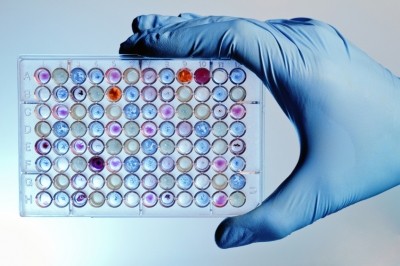FINANCIAL REPORT
Thermo Fisher's cautiously optimistic outlook for 2017

The firm spent $750m (€693m) on R&D in 2016, with launch of a new range of Q Exactive instruments from its Orbitrap Mass Spec platform, and a new Integrion HPIC System.
Marc Casper, CEO of Thermo Fisher Scientific, explained “We have a fairly large program in clinical mass spectrometry and that's something that we are targeting to have an impact in 2018.”
TMO’s Analytical instrument segment reported a 32% increase in revenues in Q4 to $1.22 billion – The growth was in part due to the acquisition of FEI Company Inc. in October.
FEI is a Massachusetts, US-based firm that produces electron microscopy technologies such as the Talos L120C, used for high resolution tomography and single particle analysis sample screening.
“We're extremely excited about the structural biology applications that FEI brings us and the combination with our leading position in mass spec,” added Casper.
Emerging Markets
In Q3, TMO also opened a new biopharma GMP1 services facility in South Korea, and in Q4 added a new Bioproduction development lab to its China Innovation Center in Shanghai.
“The goal is to introduce customers to an array of advanced technologies and provide localized R&D for media and cell culture applications to meet the specific needs of the local biopharma and vaccine industry,” explained Kenneth Apicierno, VP of Investor Relations at TMO.
Markets in Asia generate 20% of the firm’s total annual revenue in 2016, a 1% increase compared to the previous year.
TMO cited growing demand for contract services in clinical trials in this region as the driver.
Casper added “We have roughly a $1 billion Bioproduction business…It's a bit lumpy, but the growth is very strong. And when we look at the outlook for this full year, it continues to be very robust.”
The performance of the analytical instruments business contrasted with TMO’s lab products and services division which saw quarterly revenues fall 3% to $1.76 billion.
2017
TMO also provided a cautiously optimistic outlook for 2017, with Casper citing the new US administration and its focus on local production as a reason for optimism.
“My take is that there is optimism based on a more business-friendly environment in the US,” he explained, “but that optimism will start to pan out into good news over time because none of the policies are really in effect.”


















